Why do we need wave analysis?
For the design of offshore operations such as installation and transport of offshore structures, as well as lifecycle design of floating and fixed structures, knowledge of extreme waves as well as the probability of different sea-states is of paramount importance. Before the start of a project or an operation, a reliable meteorological forecast is required to understand the severity of wave load as well as the determination of damage due to fatigue. Since the waves are irregular, the information is provided in terms of statistical terms such as significant wave height (Hs), zero-crossing period (Tz), and their joint probability distribution. These data are usually supplied by various agencies which assess the information based on various sources of data such as wave buoy and met-masts, which have been extracted from years and years (more than a century!) of data, nautical information, and few extrapolations to neighboring regions or coasts using SWAN models. While such data is of high quality and reliable, the data come at a high cost.
Such high costs are sometimes not born by the vendor in the tender phase or for an innovator, during the concept phase. Further, as the projects are moving outshore, it may not make financial sense to install transmitting met-mast at remote locations for a pre-feasibility stage. As a result, sometimes it is wise to utilize the database of previously recorded and simplified data at an early stage to create a business case. There has been an attempt to parametrize the wave statistical data to make it understandable for people involved in wave load analysis.
There is an immense amount of data belonging to various Metocean groups as well as asset owners of oil and gas firms who have performed comprehensive modeling of the project area. Typically, wind, wave, and tidal analyses are performed for the area. The user is provided with “Operational” limit and “Extreme” limits depending on the severity of the design constraints. Although the data is highly proprietary, sometimes the data is contributed to the wider community for a global understanding of the wave environment. The International Council of Exploration of Sea (ICES) is one such collaborative effort towards a large data center managing global marine data sets. For the designers, a spatial and long-term wave statistic with extreme value estimation would be useful.
How is the wave data analyzed and presented?
With plenty of short-term wave statistical data available from shared information, long-term wave statistical data has been developed through various theoretical studies. The long-term variation of wave climate can be described in terms of generic distributions or in terms of scatter diagrams for governing sea state parameters such as (HS, Tz, θ) or (Hs, Tp, θ) that are interpreted from available data.
A scatter diagram provides the frequency of occurrence of a given parameter pair (e.g. (Hs, Tz)). The generic models (“Equivalent storm”) are generally established by fitting distributions to wave data from the actual area. When fitting probability distributions to data, different fitting techniques can be applied; notably Method of Moments (MOM), Least Squares methods (LS), and Maximum Likelihood Estimation (MLE).
DNVGL recommended practice DNVGL-RP-C205 recommends another approach called Conditional Modelling Approach (CMA), in which a joint density function is defined in terms of a marginal distribution and a series of conditional density functions. The significant wave height is modeled by a 3-parameter Weibull probability density function and the zero-crossing wave period conditional on Hs is modeled by a lognormal distribution. This approach is used to make a generic scatter plot correlating Hs and Zero-crossing period (Tz) for various locations.
What is the Global Wave Scatter Generator program?
TheNavalArch has developed its own light-weight “Global Wave Scatter Generator” (GWSG) program for the purpose of first-observation of expected oceanic climate data for offshore analysis. There are 104 locations (bins) identified across the globe. For each location, probability distribution parameters are changed to estimate average prevailing wave statistics in the area.
Figure 1: Nautical zones for estimation of long term wave distribution parameters
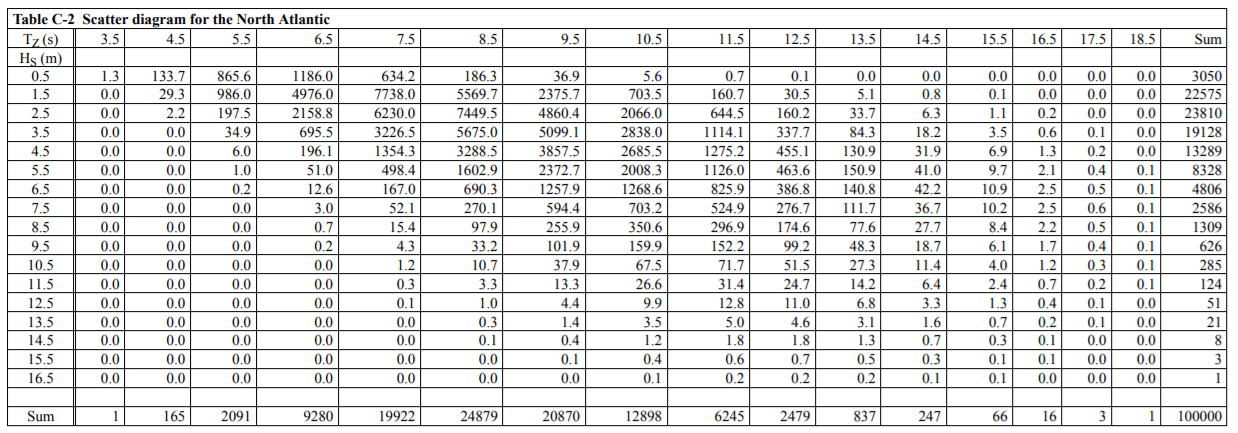 Figure 2: Example scatter table for the North Atlantic area
Figure 2: Example scatter table for the North Atlantic area
The method also allows the user to identify extreme wave data such as a 10-year or 100-year returning storm. This method is considerably reliable (although not accurate) to understand the severity of the weather in the area. This can also be used to identify a service limit (operational limit) and the design limit of any operation. Also, a direct application is to identify fatigue damage of a product. Multiple software like OrcaFlex also utilizes the scatter data to create useful analysis involving cumulative load evaluation.
As a responsible engineering team, it must be emphasized that the GWSG program is directly based on DNVGL formulations and is only the average representation of the wave conditions in an area. However, for the projects with high liability, actual metocean reports must be referred to.
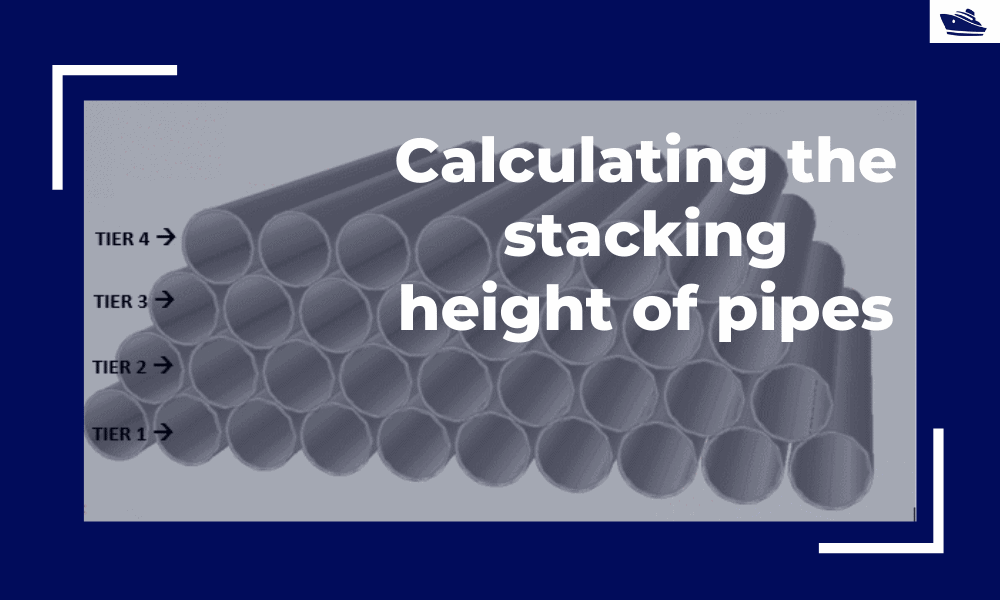
Calculating the maximum stacking height of pipes
Introduction Pipes (or linepipes or joints) are used for multiple purposes and locations in the maritime/offshore industry. Onshore and offshore pipelines are used for transportation of fluids on land, over and underwater. Pipes are fabricated in an onshore facility...
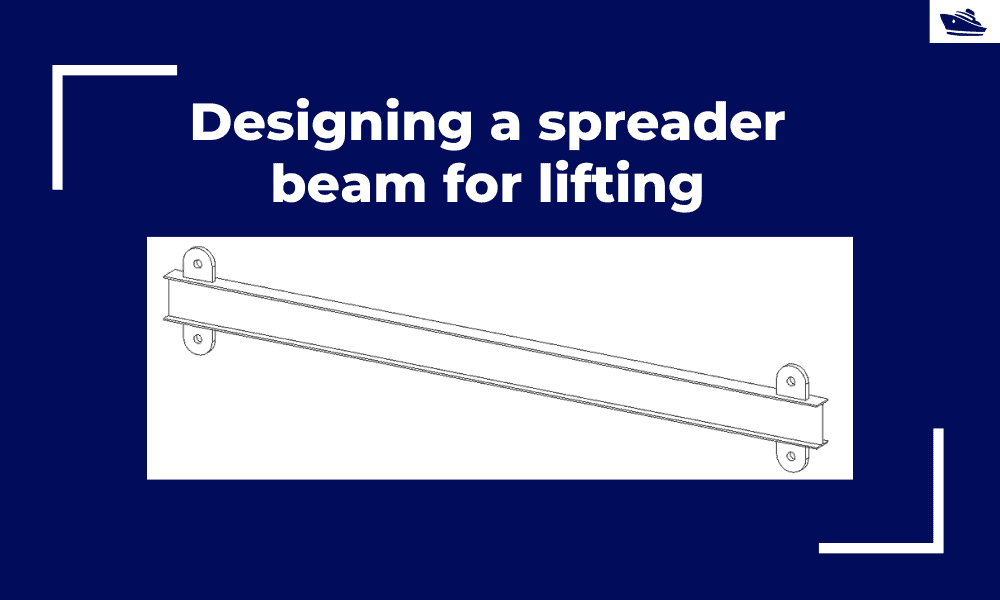
Designing a spreader beam for lifting
Spreader beams are universally applied gear which is widely used in various types of lifting operations, onshore and offshore. In this article, we will explore the design of a basic spreader beam and see what design checks are needed to establish the suitability of a...
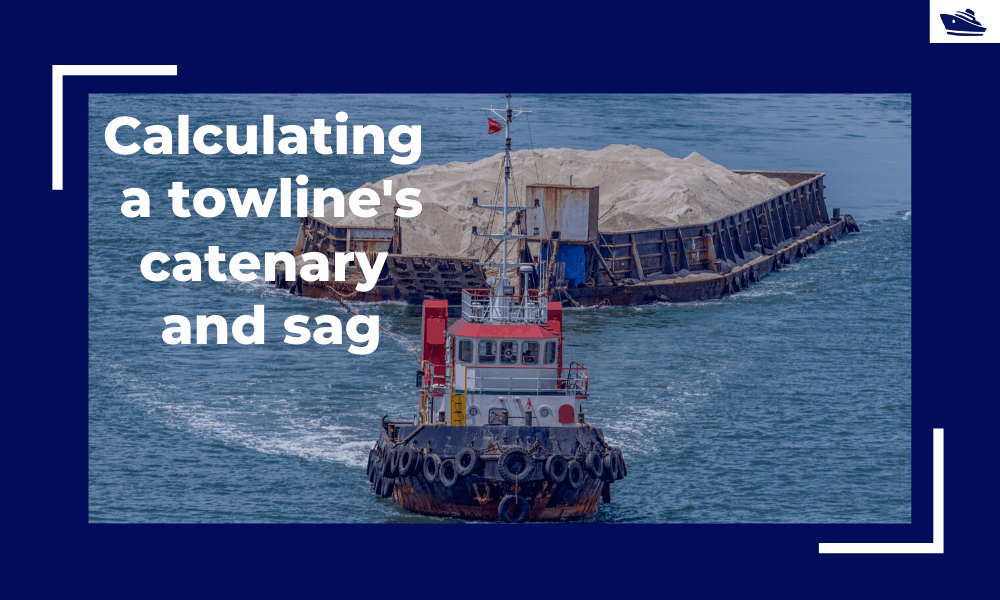
Safe Towing: Calculating a towline’s catenary and sag
Introduction Towlines connect a tug to the vessel being towed and are defined by multiple characteristics like Weight, Diameter, and Stiffness. The tension in the towline during the towing operation is not static but keeps varying with the distance between the tug and...
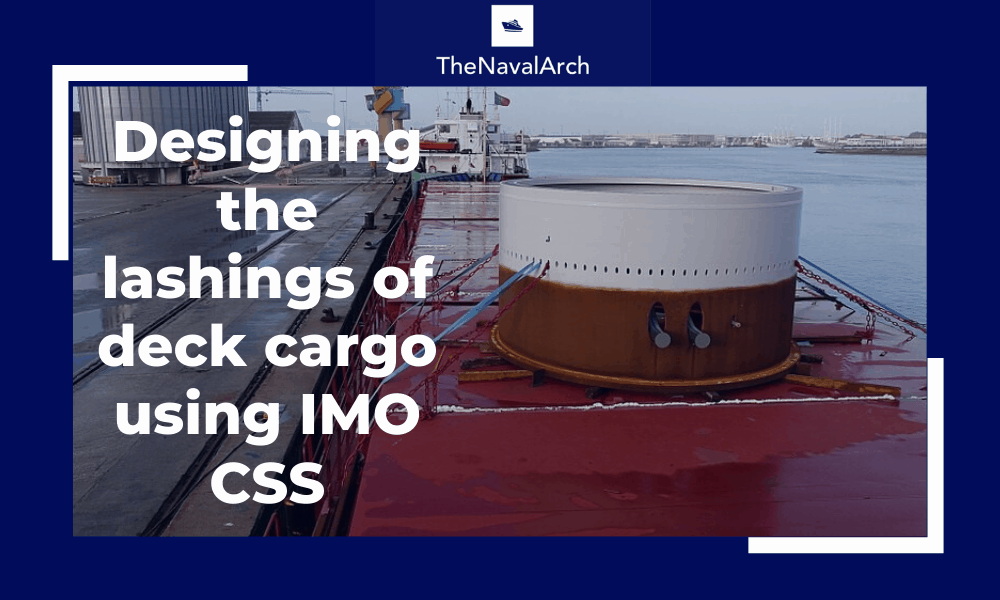
Designing the lashings of deck cargo using IMO CSS
Introduction More than 70% of the earth is covered by water, which makes shipping historically the easiest and cheapest way of connecting manufactures and customers across the globe and can be reasonably considered to be the artery of the global economy....
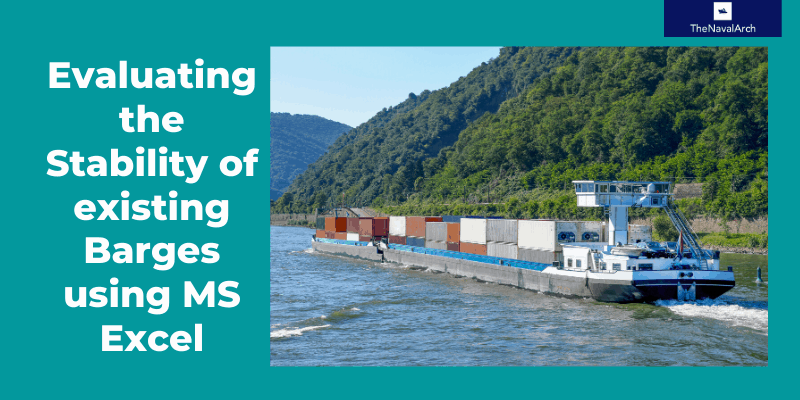
Using MS Excel to evaluate the Stability of existing Barges
Barges are the simplest, and yet most widely used of marine vehicles. They are used for a variety of purposes ranging from carrying cargo in bulk or liquid, to even carrying passengers for short inland cruises. Barges are mostly towed by another barge called a tug,...
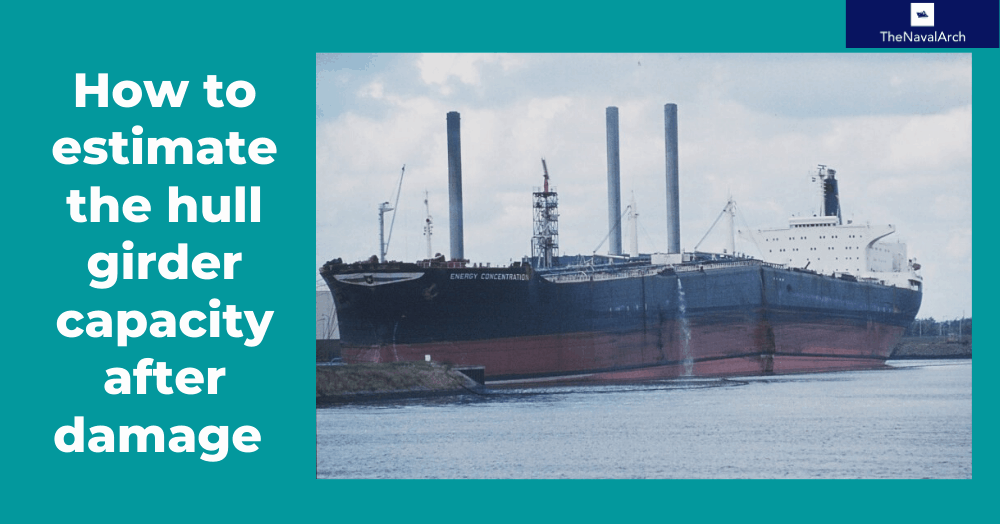
The importance of ULS (Ultimate Longitudinal Strength) and how to assess it for a damaged hull
by Alessandro La Ferlita, Naval Architect Ultimate hull girder strength represents the maximum capacity, of the hull girder beyond the structure fails. In fact, if the vertical bending moment applied overcomes a certain maximum value, the ship can collapse (Figure 1)...
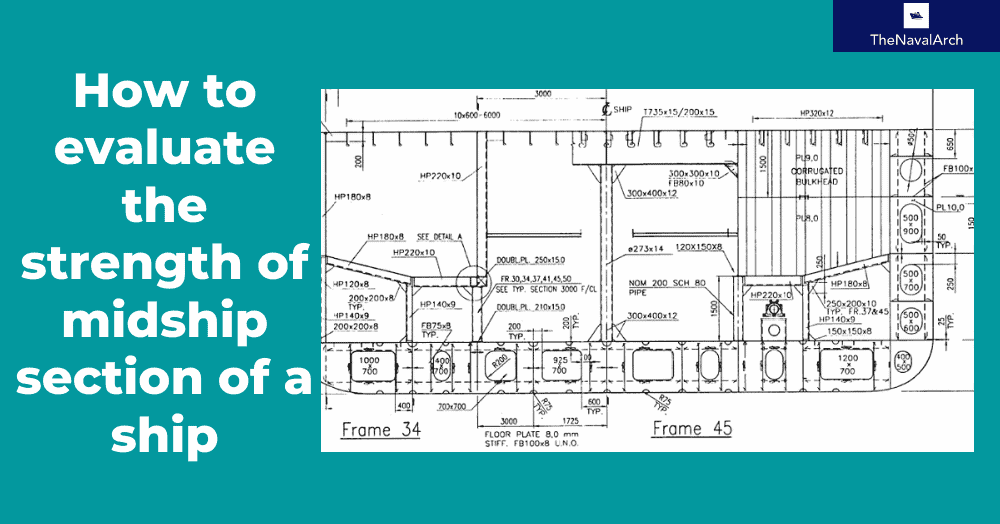
How to calculate the strength of Midship Section of a Ship
The mid-ship section of a ship is a defining structural drawing of the vessel. It represents the most critical structural parameter of the vessel – its global strength. To assess how much of the bending moment (hog and sag) the vessel can tolerate, it is important to...
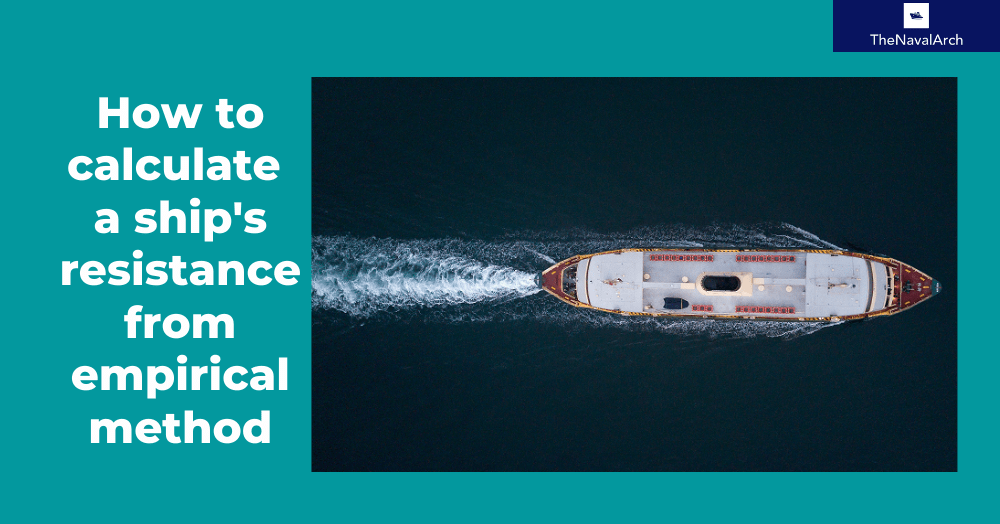
How to use empirical formulas to estimate the resistance of a Ship
How to use empirical formulas to estimate the resistance of a Ship Resistance estimation holds immense importance in the design stage of a vessel. Based on the results of the resistance estimation of a vessel, the selection of the right propulsion system is done....
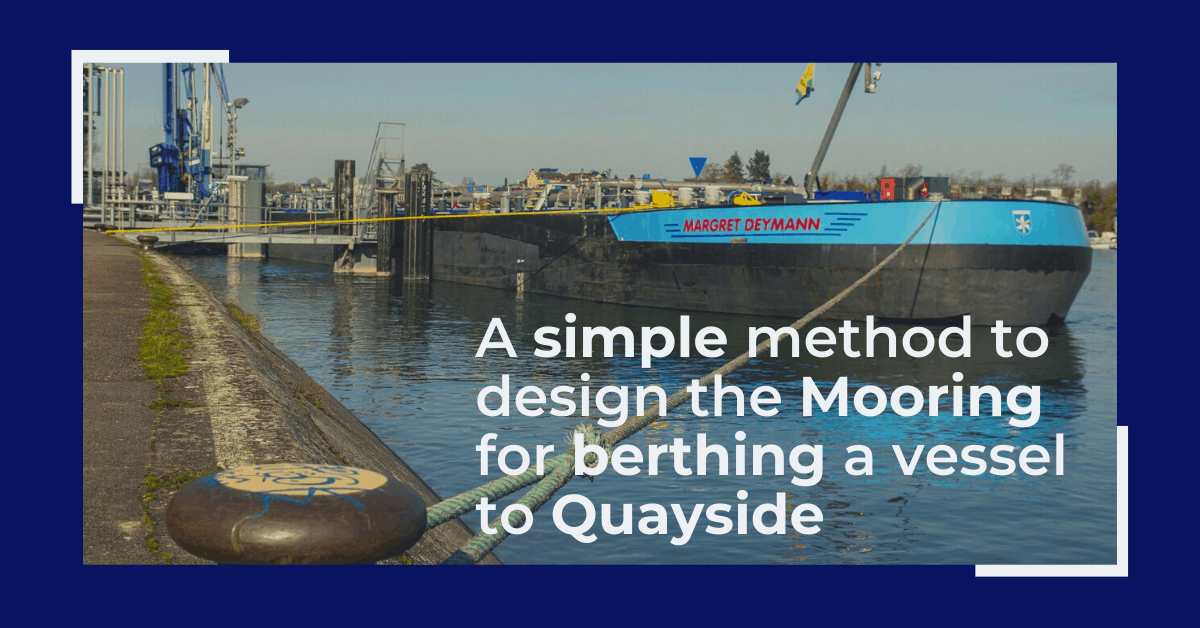
Designing the berth mooring of your vessel with this simple yet effective method
A vessel at berth experiences much lower forces compared to a vessel in the open sea due to the milder environment, but it still requires a mooring configuration suited to the forces it experiences, and also suitable for the type of berthing configuration adopted. The...
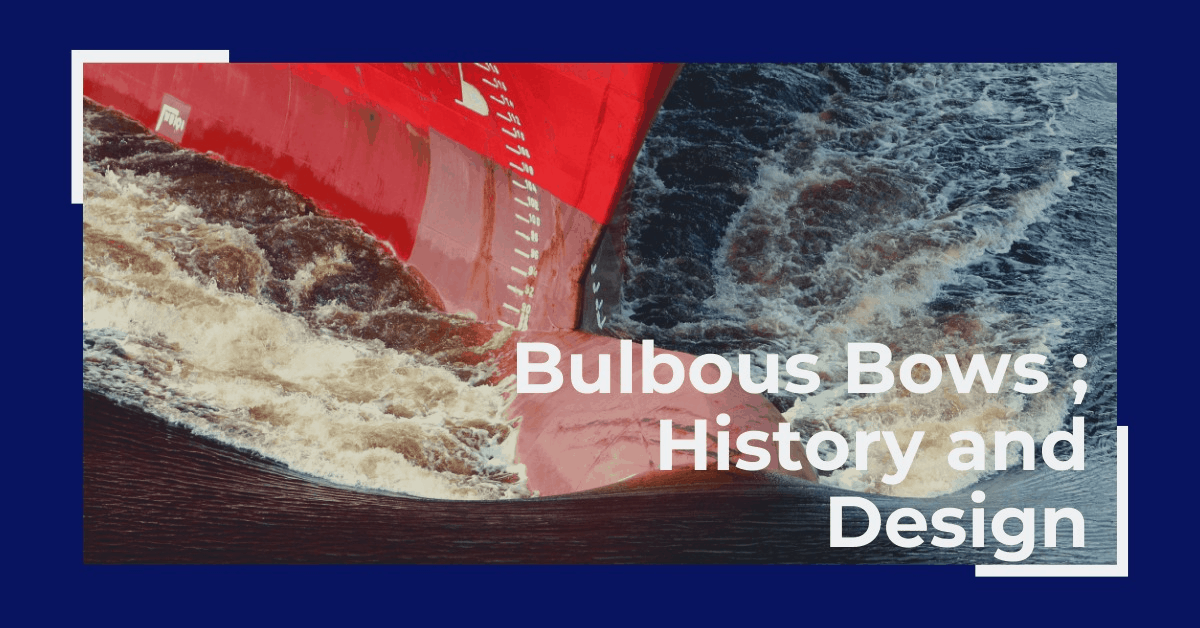
Bulbous Bows – History and Design
by Bijit Sarkar, Naval Architect Introduction The eternal search of a naval architect – a perfect bow. Sadly, it never exists. Different bow forms are good for different types, sizes of vessels and seaways. What does a naval architect want out of the bow he designs?...

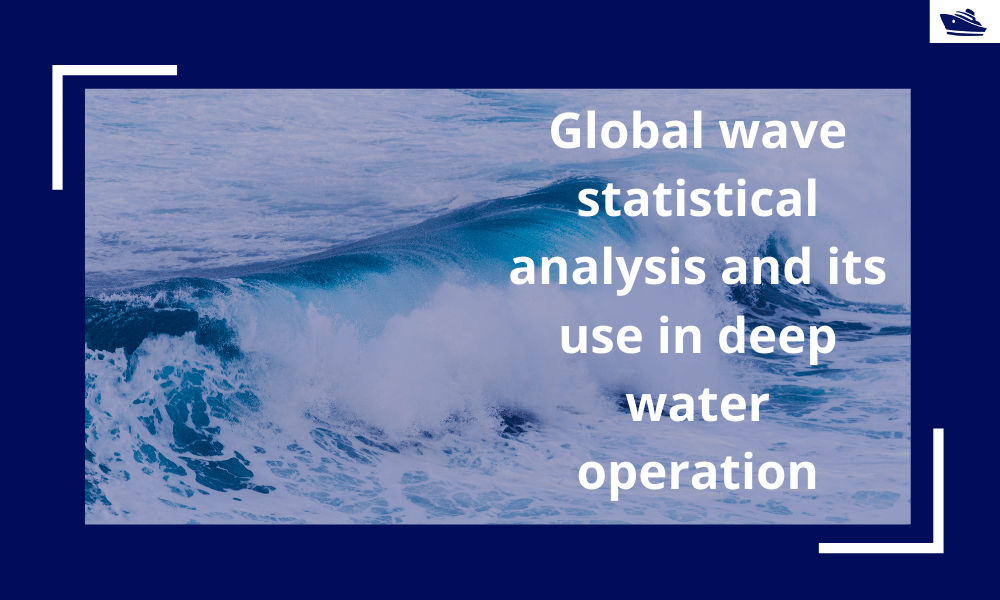
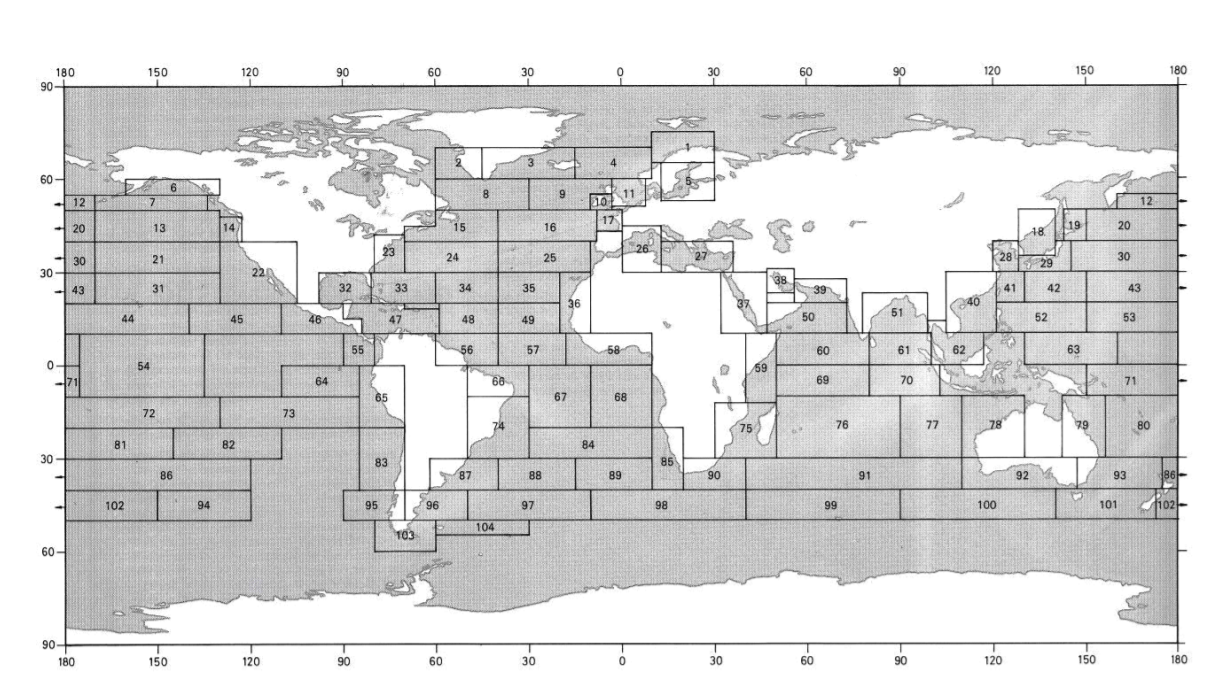
I am Master student in maritime engineering